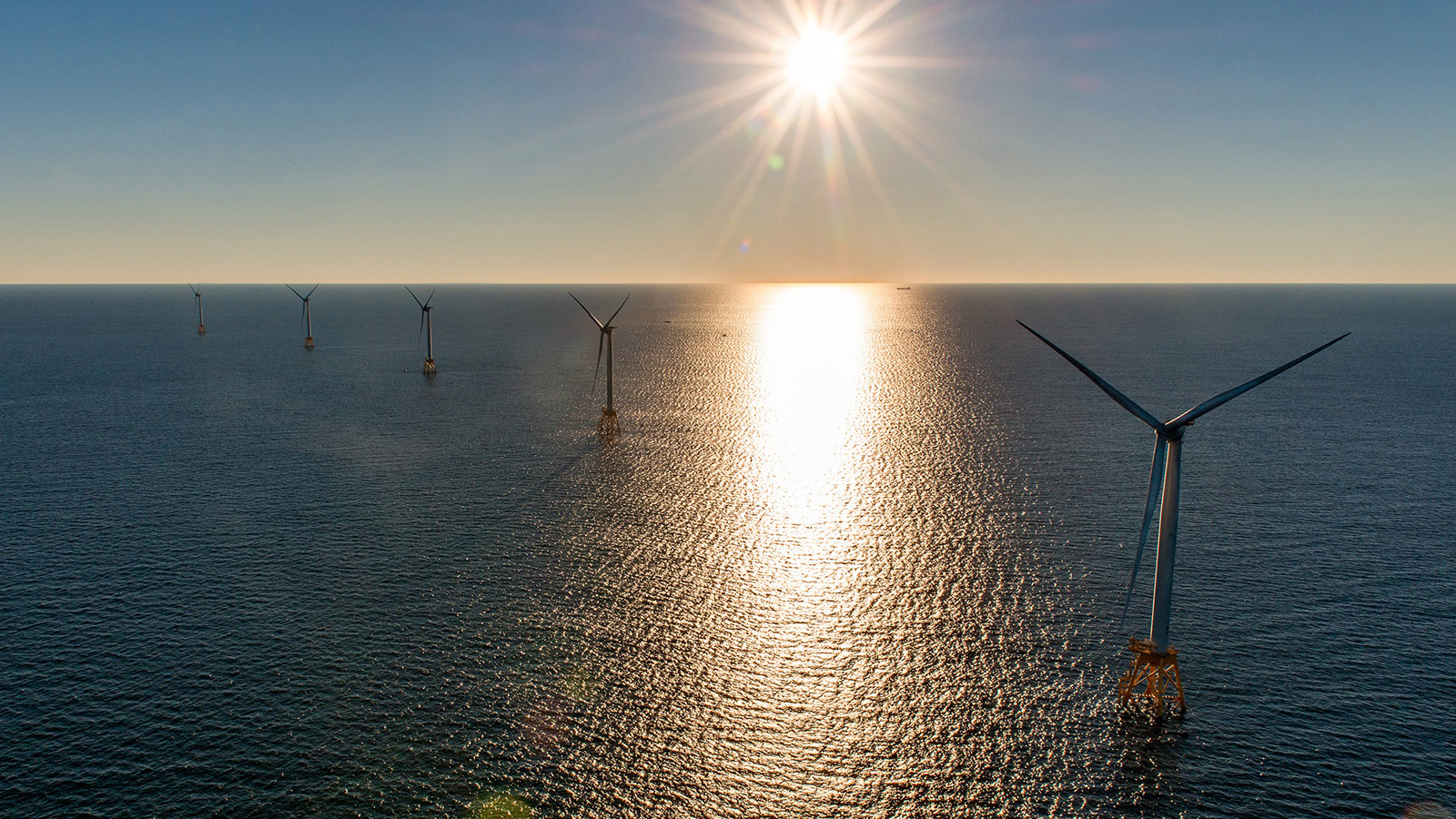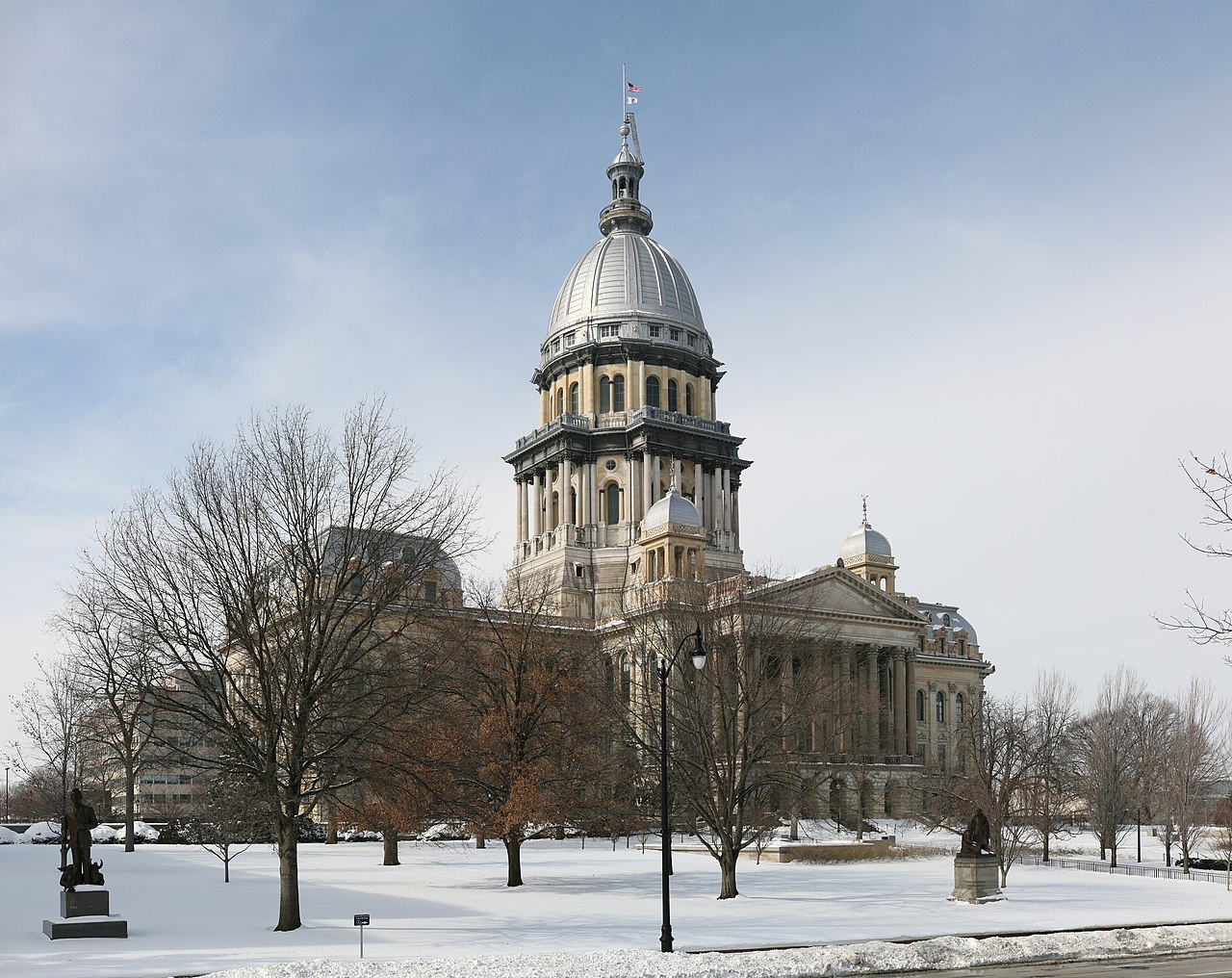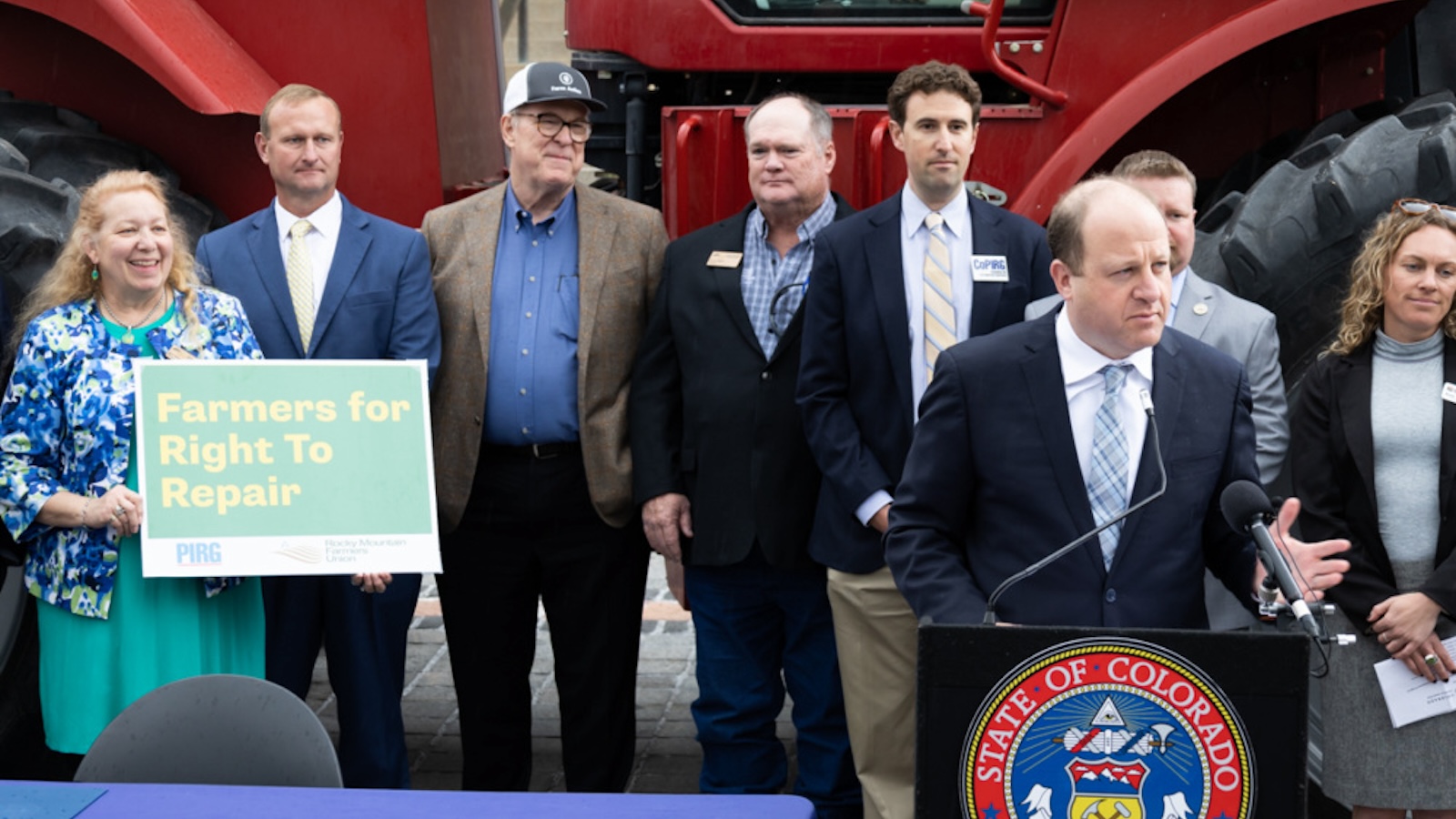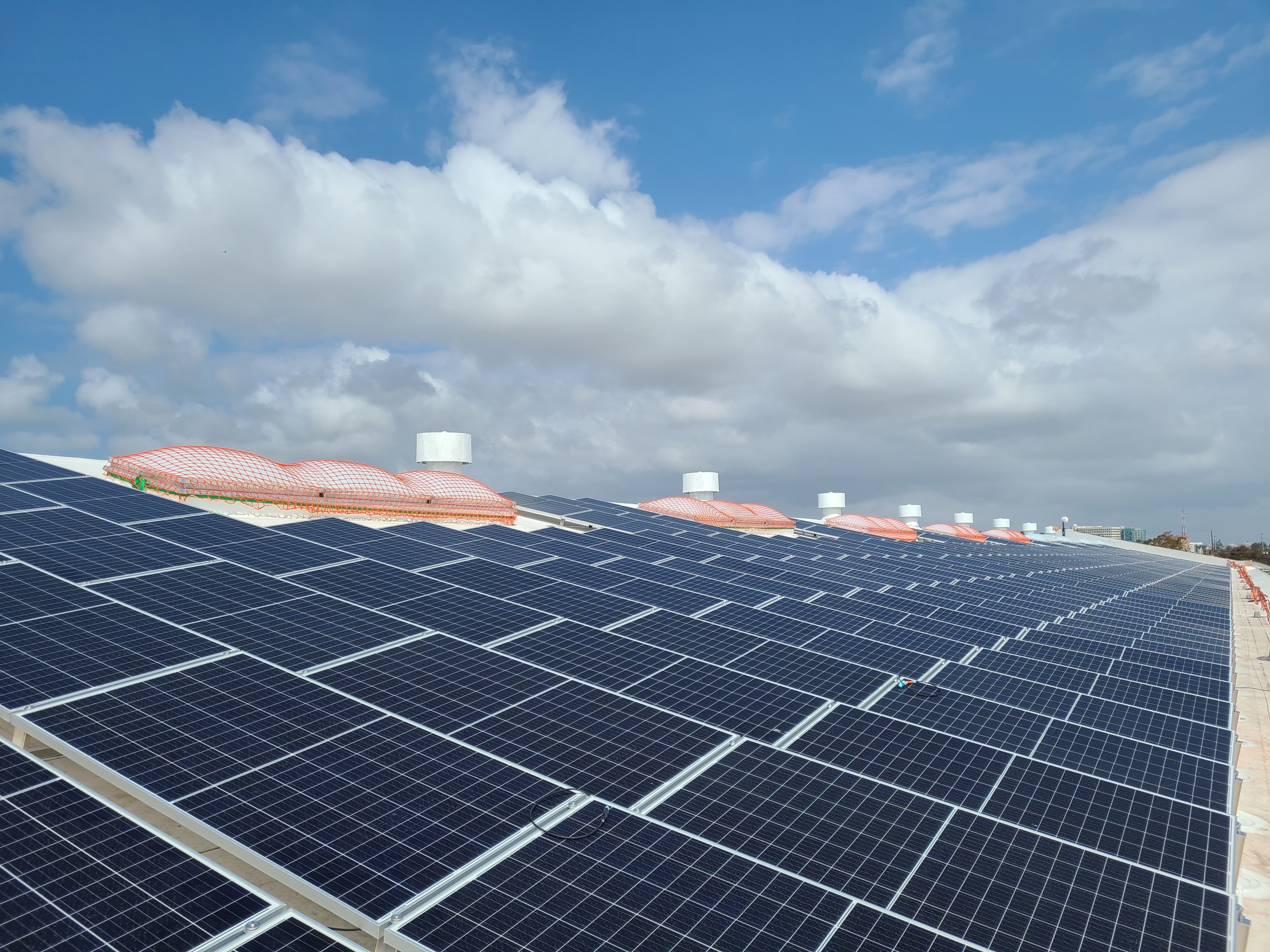The Senate, President and our energy future
What does Democratic control of the U.S. Congress and Presidency mean for the future of clean energy?

Earlier this month, Georgia voters elected two Democrats to the U.S. Senate, shifting the balance of power from barely red to even-more-barely blue. With President Joe Biden’s inauguration, we welcomed a new administration that has been publicly supportive of a clean energy future. With this combination, the same question has popped up on Zoom meetings and phone calls with friends and family alike all month: What will be possible in this new federal political climate? Specifically, since I’m surrounded by energy wonks and organizers, what will the coming years mean for the future of clean energy?
My take in short: Some critical steps for clean energy now have a greater chance of moving forward at the federal level, but comprehensive energy action will remain a challenge. That means state leadership will remain key.
With even a razor-thin margin in the Senate (in which only the incoming vice president’s tie-breaking vote puts Democrats ahead), a number of doors to stronger federal action on clean energy will open wider. For one, the path to confirming Biden administration nominees to such key energy and climate positions as EPA Administrator and Secretary of Energy will be smoother. Getting leaders who are committed to building a cleaner, healthier future for all Americans into these roles is a crucial step toward prioritizing clean energy in the years to come.
Beyond that, budget and funding packages, which just need to pass the Senate by a simple majority thanks so a legislative rule known as reconciliation, will also be more likely to succeed in this Congress, and those bills are also more apt to include investments in clean and renewable energy. Bipartisan funding legislation, including increased funding for renewable and energy efficiency programs, should have a good chance of passing in the month to come. These include important tax incentives for wind and solar projects.
Unfortunately, not all federal policies will be met with such promise. In fact, transformative change at the national level will still be a tough row to hoe. That’s because even bills that get a majority of votes in the Senate will need to earn support from both sides of the aisle thanks to the filibuster rule, which enables opponents to block legislation unless it’s supported by a three-fifths majority. Simply put, that means that big, bold policies that would mark a real turning point for energy in the US — such as the nationwide vision for carbon pollution-free power by 2035 that President-elect Biden campaigned on — are unlikely to breeze through.
That’s where states come in.
As my colleague Johanna Neumann wrote back in November, before we knew what Georgia’s special election would hold: “The movement for comprehensive and enduring clean energy progress is likely to take place in our nation’s laboratories of democracy — our states and cities.” Despite the results, her words still resonate.
Ambitious state policies have been top drivers of renewable energy growth for decades. In 2001, America got one half of one percent of its electricity from wind, solar and geothermal energy. Today, more than 10 percent of America’s electricity comes from the wind, the sun and the earth.
And, as Environment America Research & Policy Center’s latest Renewables on the Rise report shows, state policies — from clean energy standards to ambitious solar programs — played an outsized role in securing that progress. In the years ahead, our best opportunities for visionary, transformative action on clean energy will continue to be in the states.
Winning bold action in the states now may also very well be the best way to clear the path for meaningful federal leadership. It’s the renewable energy progress and commitment to a cleaner future from California to Maine that has paved the way for ambitious proposals at the federal level. States can help turn those proposals into meaningful action toward a clean and renewable energy future for this country by continuing to show Washington, D.C., how it’s done.
So to anyone wondering if it’s still worth calling for action toward 100 percent renewable energy in your state, the answer is clear: Absolutely.
Topics
Authors
Emma Searson
Find Out More

Our 2024 priorities in the states

Celebrating new protections taking effect in 2024

A look back at what our unique network accomplished in 2023

